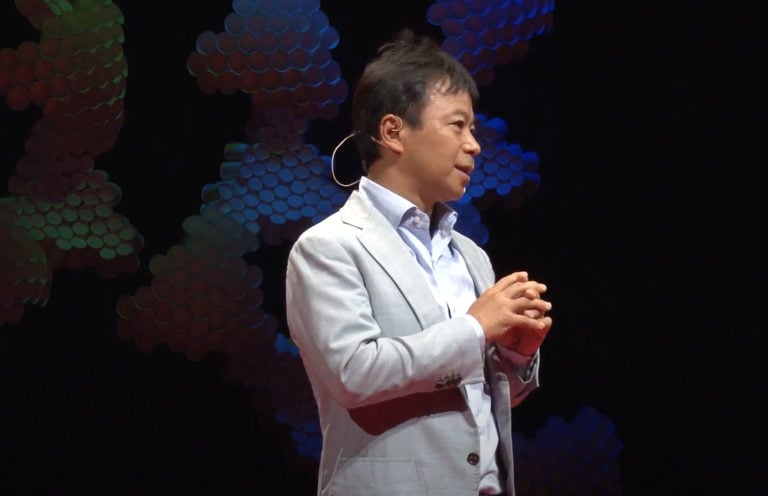 This post was contributed by ISAK’s Fine Arts Department Chair, Joylon Hinton. Mr. Hinton is a professional photographer and practicing artist who enjoys working in oils, watercolor and relief printing. Mr. Hinton enjoys fostering the creative spirit in his students!
This post was contributed by ISAK’s Fine Arts Department Chair, Joylon Hinton. Mr. Hinton is a professional photographer and practicing artist who enjoys working in oils, watercolor and relief printing. Mr. Hinton enjoys fostering the creative spirit in his students!
“True creativity often begins where language ends”
– Arthur Koestler
When my G-10s arrive in Japan at the start of their ISAK journey, they begin visual arts with an exploration of the kimono, analyzing the patterns and imagery from kimono’s ancient and modern. We learn to recognize the ‘three friends of winter’, the significance behind the use of indigo as a dye, the meaning of the crane and the chrysanthemum. We look at paintings and prints by Katsushika Hokusai and other nineteenth century artists, and the historic kimonos represented in them. Looking is not the same as understanding or appreciating, so students are given the task of recreating a part of a painting by one of the Japanese masters — and soon discover what skills they must have had, and how subtle and effective their use of color and line was.
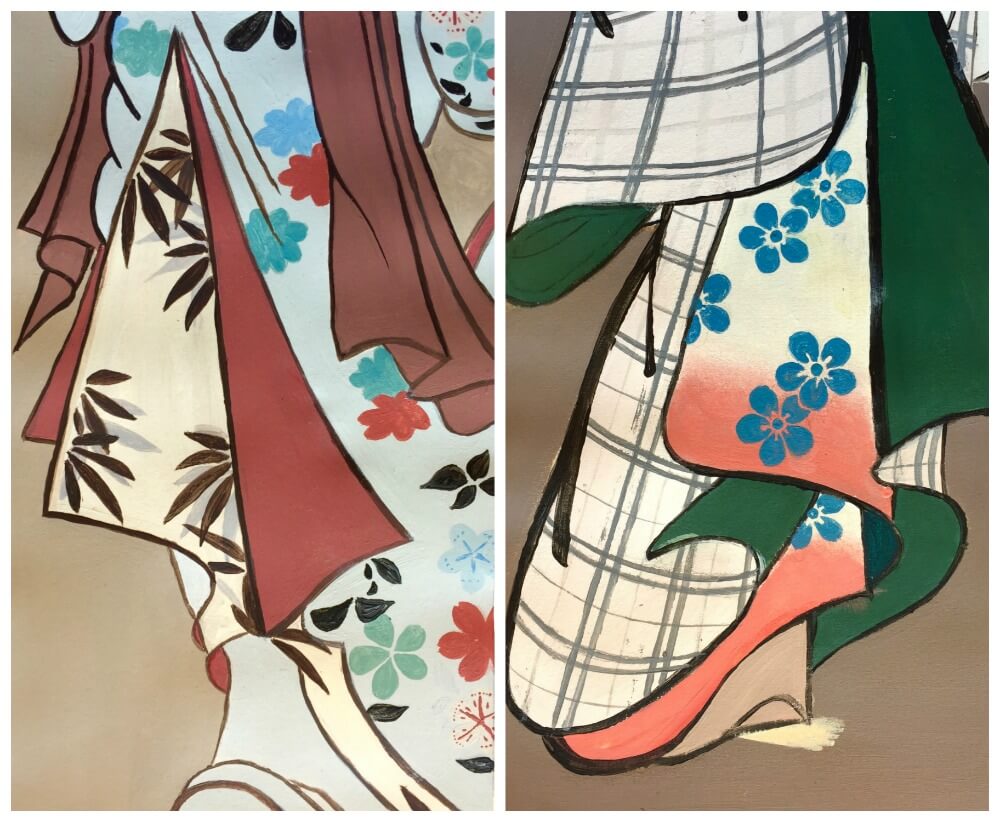
We then investigate the nature of repeat patterns and learn two ways through which they can be created. The students get to explore these techniques and to evolve their own imagery from which to construct a repeat pattern. These are tested out and analyzed in terms of composition, dynamics and movement, and refined. And of course, color is an important consideration too – we worked on three-color patterns, but also explored how over-printing and more specialized techniques could in fact multiply the range of colors available.
Kimono fabrics are still made by hand in Japan, and in the Shinjuku district of Tokyo along the banks of the Myoshoji River, work continues on hand-printed and dyed fabrics. Visitors to Tokyo in February can take part in a festival here, ‘Some no Komichi’ where these ancient, traditional crafts are celebrated.
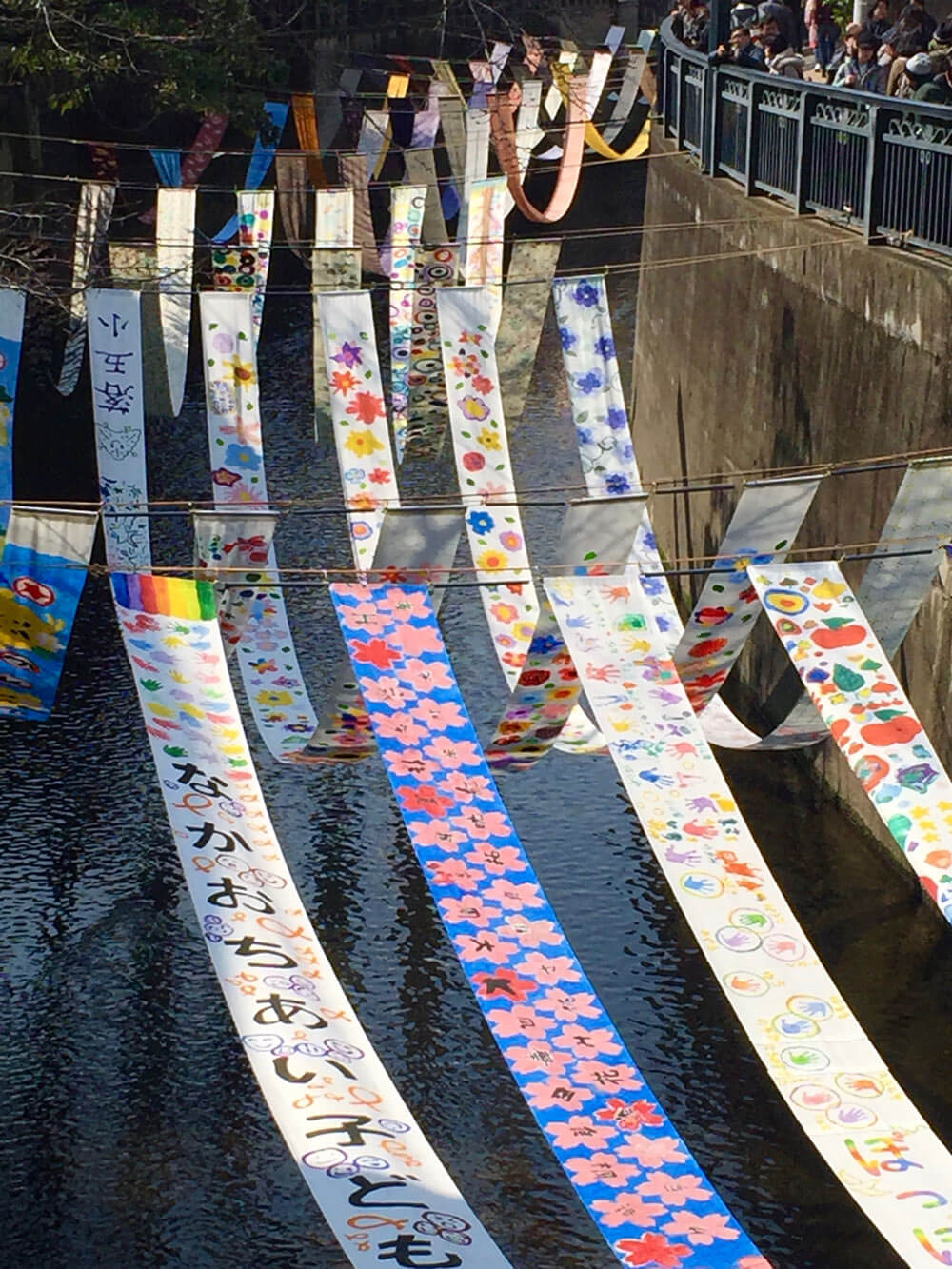
We investigated one particular technique, usually used to print fairly small repeat patterns on kimono fabric –stencils. Here each color in the final pattern is cut out of a water-resistant material, such as waxed paper. So, for a three-color pattern you need three stencils.
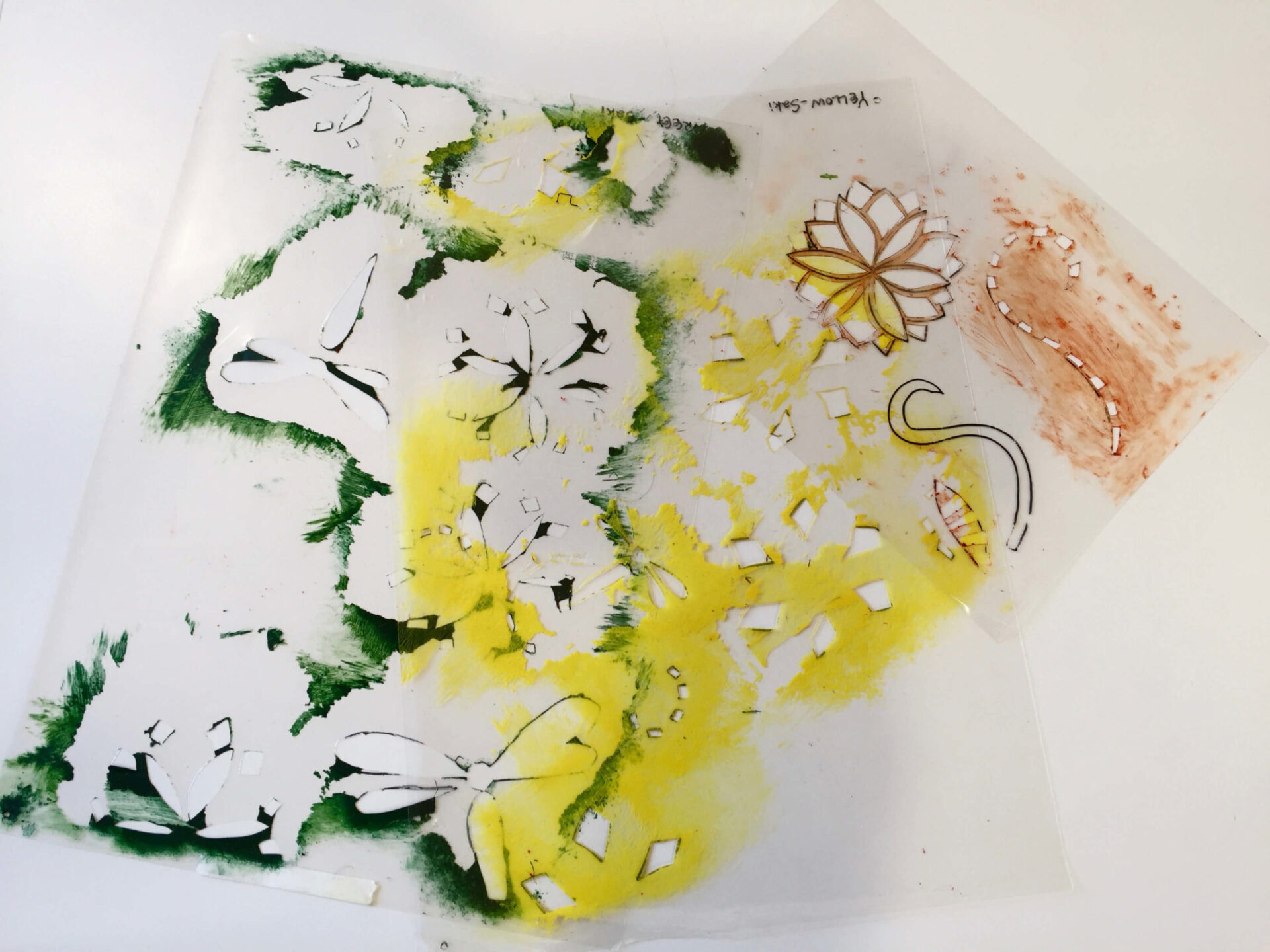
These are printed on top of each other one at a time, registration of the stencil being absolutely crucial. Designing and cutting a stencil are skills on their own. Students realized quickly when they started cutting trial patterns that not all patterns are possible to make using a stencil and that many must be modified so that the stencil sheet simply does not fall apart. The traditional Japanese printing technique uses small square or rectangular handheld brushes without long handles to force the pigment through the stencil and onto the fabric. There is a real art to doing this and achieving a deep color, but without allowing the dye to spread across the fabric underneath the stencil. This is skill, so we had plenty of practice, as practice makes perfect.
So, having learned how to create a repeat pattern, what can and cannot be designed for stencil printing, and how to actually print using Japanese stencil equipment, G-10s finally got to design, cut and print a three-color stencil. Each of my two classes had a 5-meter length of cotton fabric for which they shared responsibility. They worked as a team repeating each of their designs four times, which involved making 12 stencil prints in total.
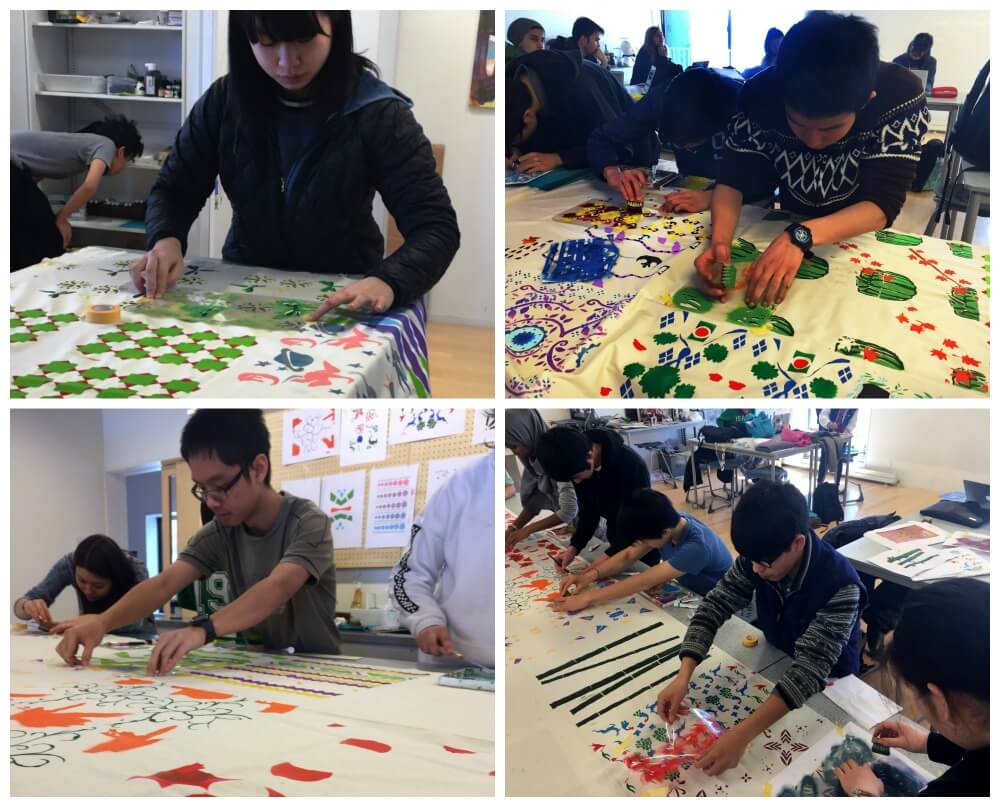
The results, which are much to their credit, hang in the Asama building.
Spotlight on Individual Talent
Many students are also pursuing the arts on their own. Vori has made his hobby of photography into something quite impressive. He has an excellent understanding of the technical side, and is adept with the camera and with photo-editing. Here are three of his images:

The image on the left captures a unique perspective from the Sakudaira train station. The photo on the top right clearly shows the beauty that surrounds us in Karuizawa. The photo was taken on our very own ISAK Outdoor Education Koasamayama hike. The photo on the bottom right is a view of our local train station – Shinano-Oikwake. Every ISAK journey starts and ends here.
